OVER 600 STREET CHILDREN REINTEGRATED INTO SCHOOL IN NAPAK
PUBLISHED — 10th, June 2025
In a remote district of Napak in Karamoja sub-region, over 600 children once living on the streets of Kampala are now seated in classrooms, reading, learning, and reclaiming their childhoods.
A total of 684 children, rescued from the streets by Kampala Capital City Authority (KCCA), have been successfully reintegrated into schools across Napak District.
“What is happening in Napak is a powerful example of what partnerships can achieve,” said Daniel Kaseregenyi, KCCA’s Deputy Director for Gender and Community Services, during a follow-up visit to assess progress. “We’re not only seeing numbers grow, but lives being transformed.”
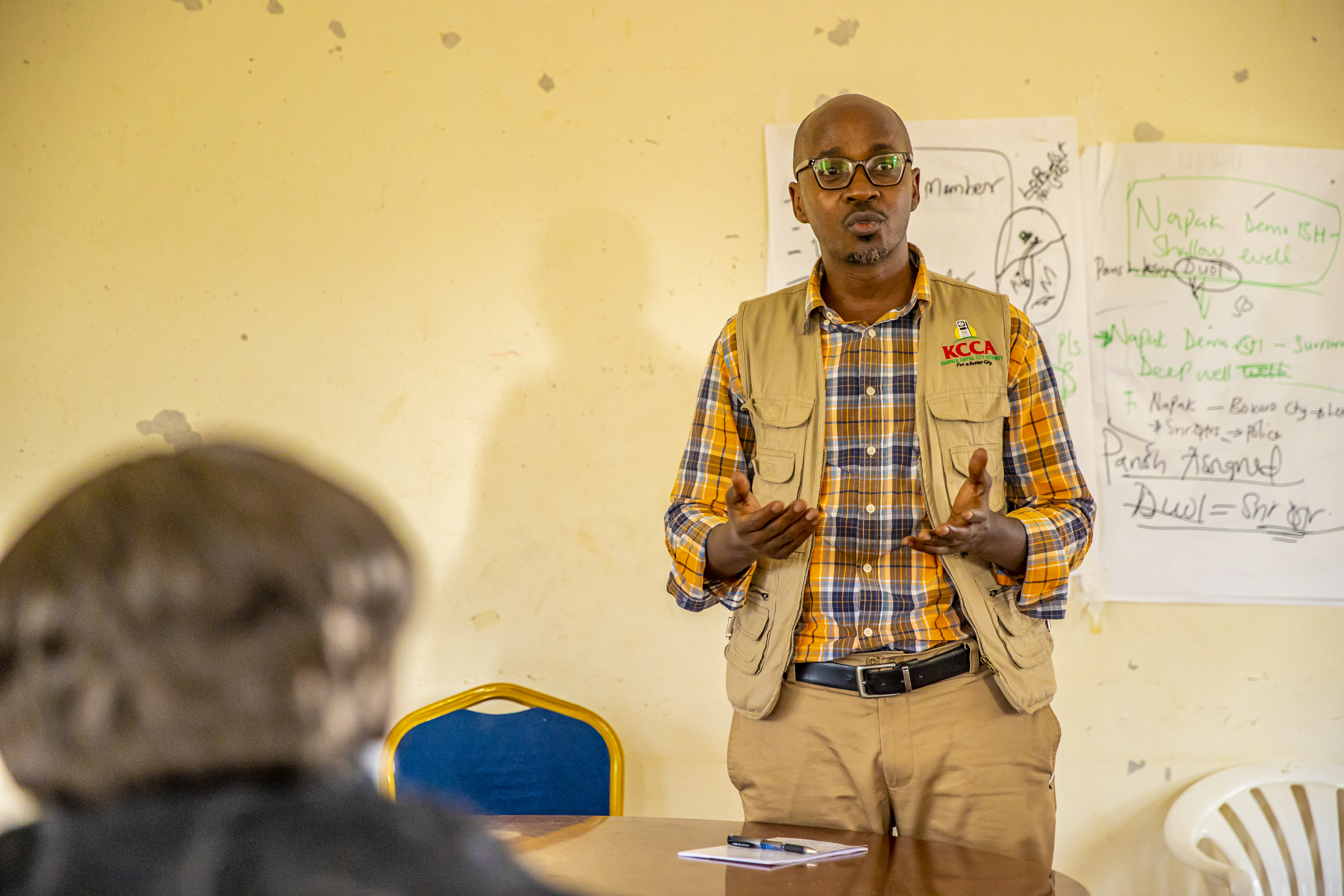
The visit, which comes just months after a series of rescue operations in the capital, revealed significant improvements in enrollment across several schools. Loodoi Primary School alone admitted 114 children, 46 boys and 68 girls who were rescued in June 2024.
Lotome Girls’ Primary School now hosts 201 girls, and one girl has already advanced to secondary school, a milestone symbolizing progress in the long road to recovery.
Other schools have reported similar success. Lokodiokodioi Primary School enrolled 121 formerly street-connected children in 2024, and116 more this year. Nakiceleet Primary School took in 132 children, although 19 later escaped, highlighting the complex nature of reintegration.
Kaseregenyi announced KCCA’s intention to formalize its partnership with Napak District through a Memorandum of Understanding (MOU). The agreement, now under consideration, would streamline efforts to rescue, repatriate, and reintegrate vulnerable children by improving coordination, planning, and resource mobilization.
Napak’s Chief Administrative Officer, James Okumu Bedijo, welcomed the proposal.
“This MOU will help us plan better and act faster. The need is great, and we must sustain this momentum,” Bedijo said.
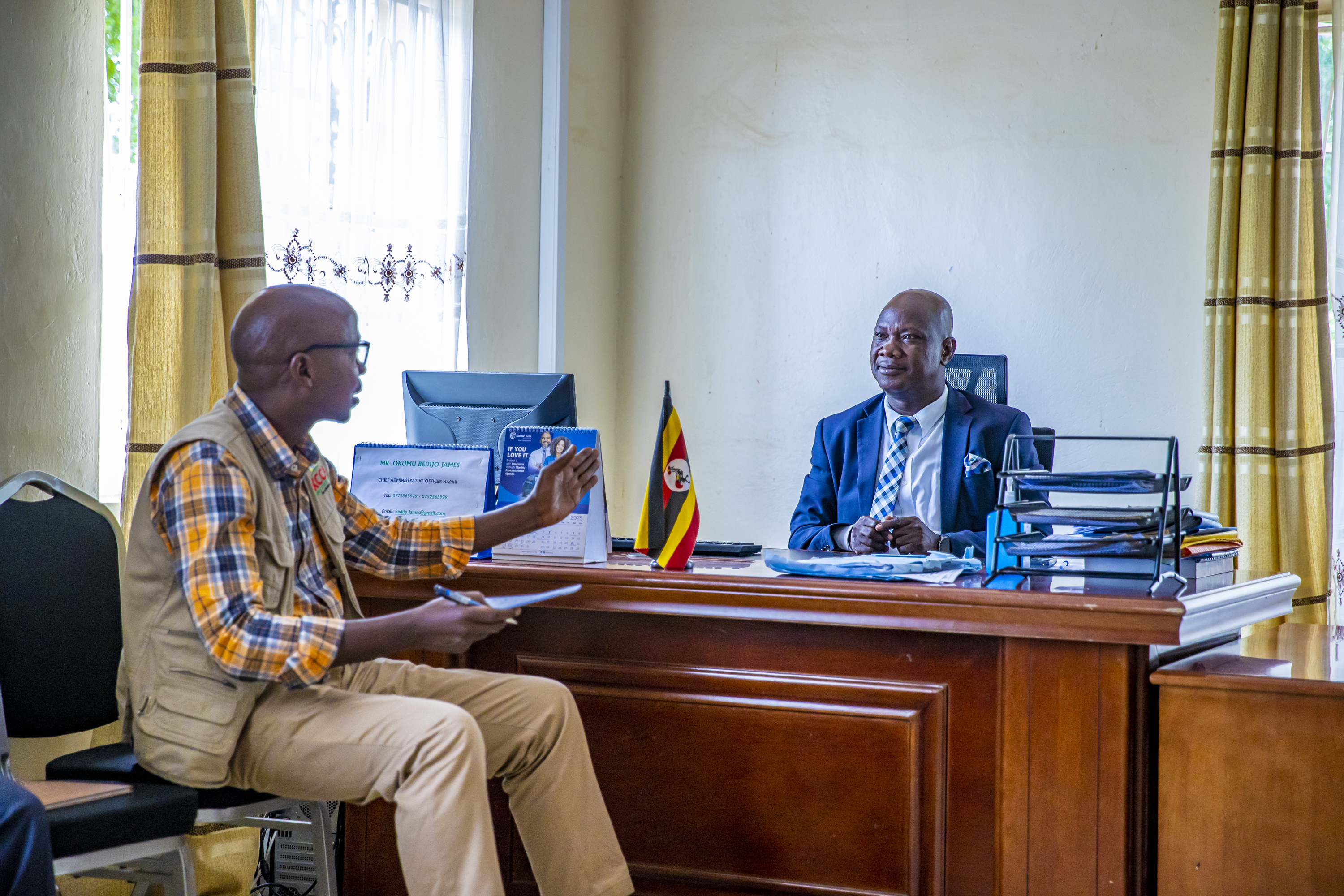
Yet despite these promising developments, the district continues to grapple with deep-rooted challenges. Limited access to food, healthcare, scholastic materials, and clothing threaten the stability of the rescued children’s new lives.
Cases of children fleeing care centers have raised calls for stronger support systems, particularly in psychosocial care and community-based reintegration.
The Ugandan government has allocated UGX 400 million to fence one of Napak’s seed schools, a critical safety measure to create more secure and child-friendly learning environments. Parenting sessions are also being held to help guardians rebuild trust and emotional connections with the reintegrated children.
Kaseregenyi praised development partners for their contributions to the initiative. Organizations including Compassion International, Window International, UNICEF, Dwelling Places, Save the Children, World Vision, and Koinonia have provided a range of support from food and clothing to trauma counseling and education materials.
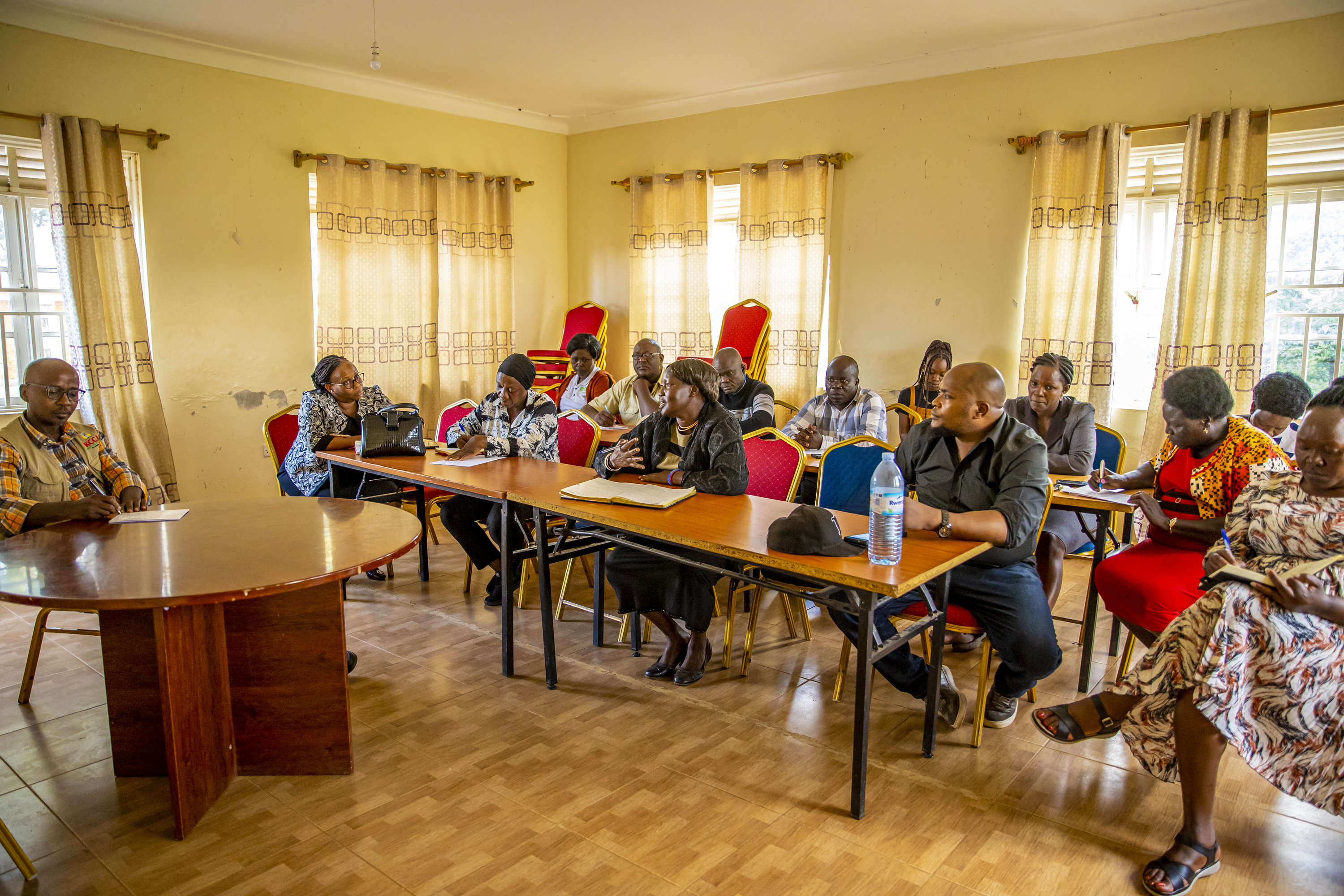
A Napak District Council resolution has formally recognized child trafficking and the street children crisis as a local emergency, laying a legislative foundation for more aggressive action.
News & Announcements
29th, July 2025
24th, July 2025
19th, July 2025
18th, July 2025
17th, July 2025
15th, July 2025
14th, July 2025
11th, July 2025
10th, July 2025
7th, July 2025


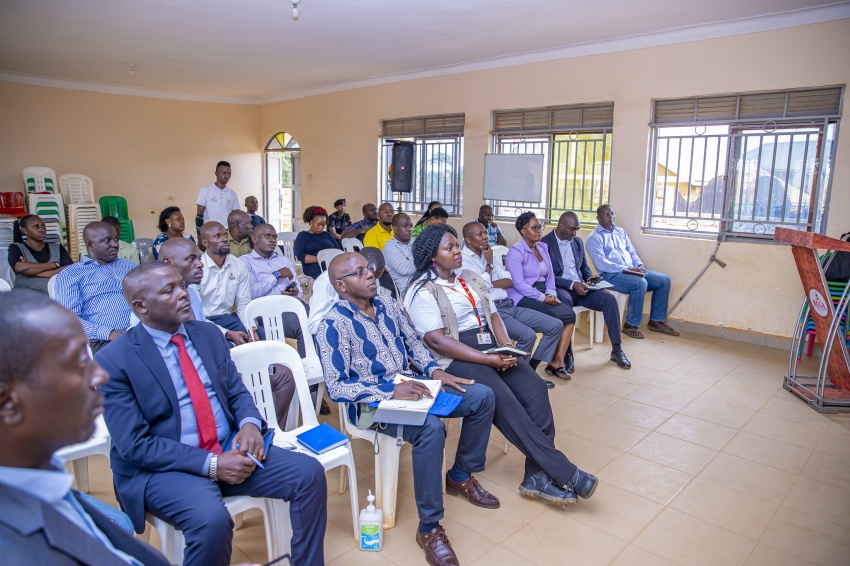
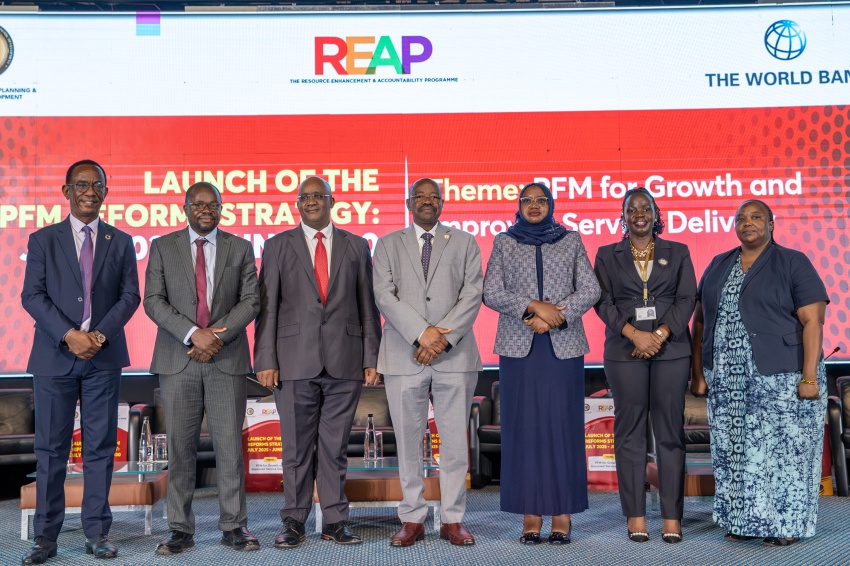
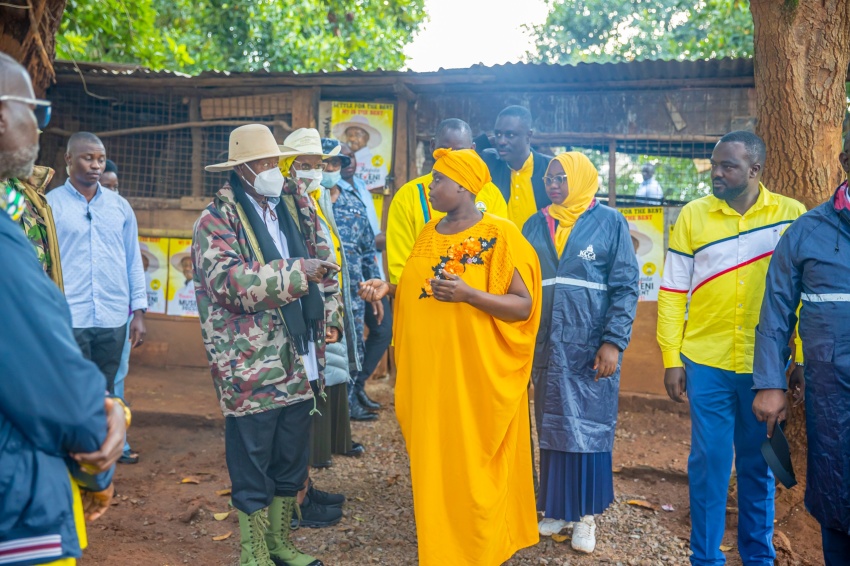
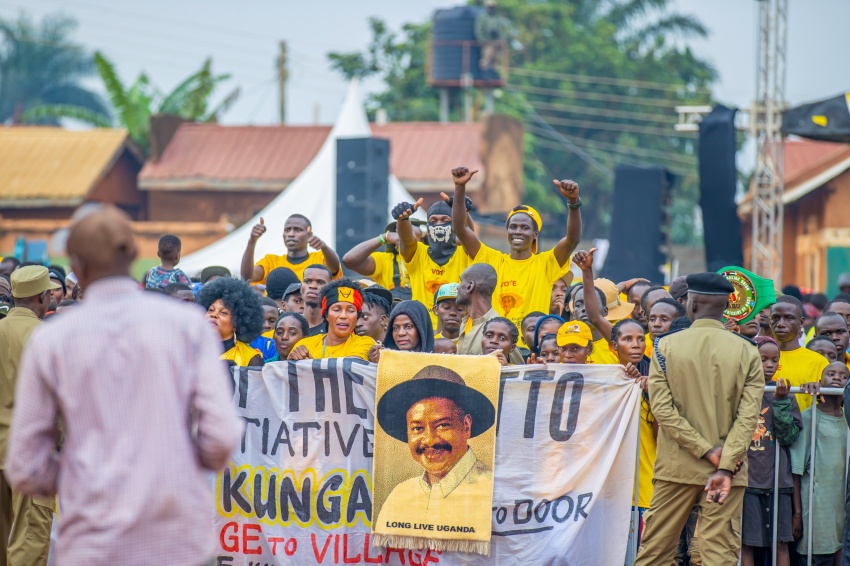

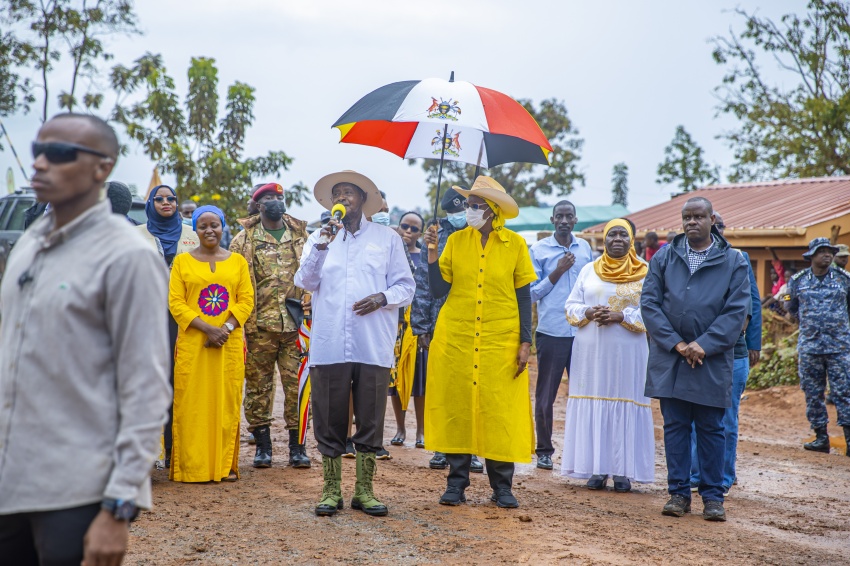
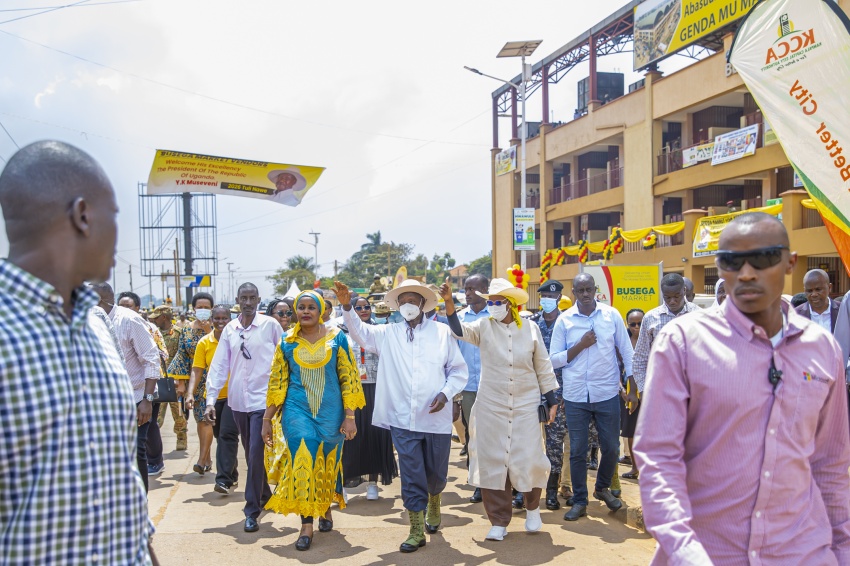
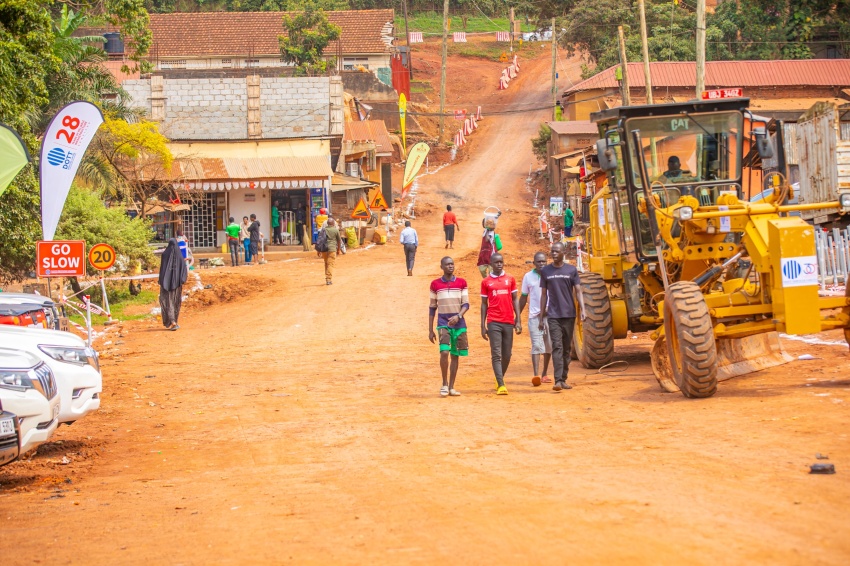
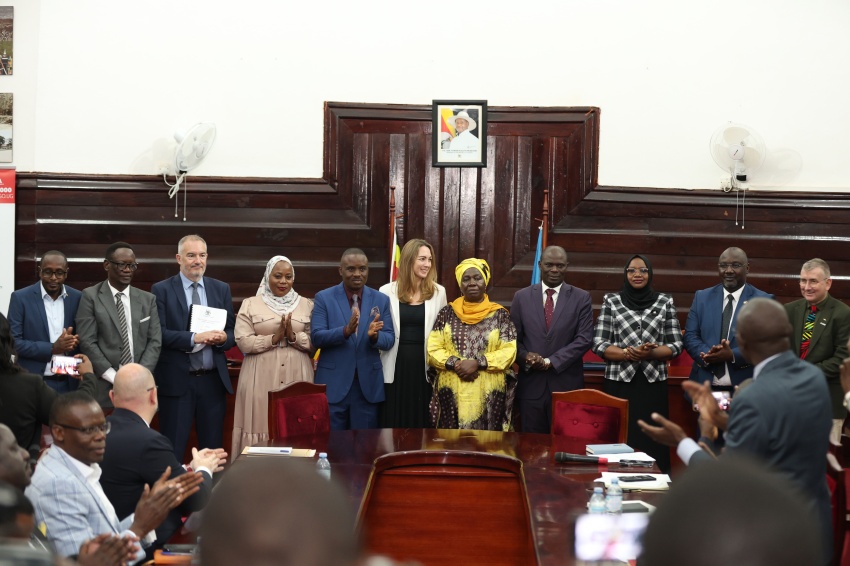
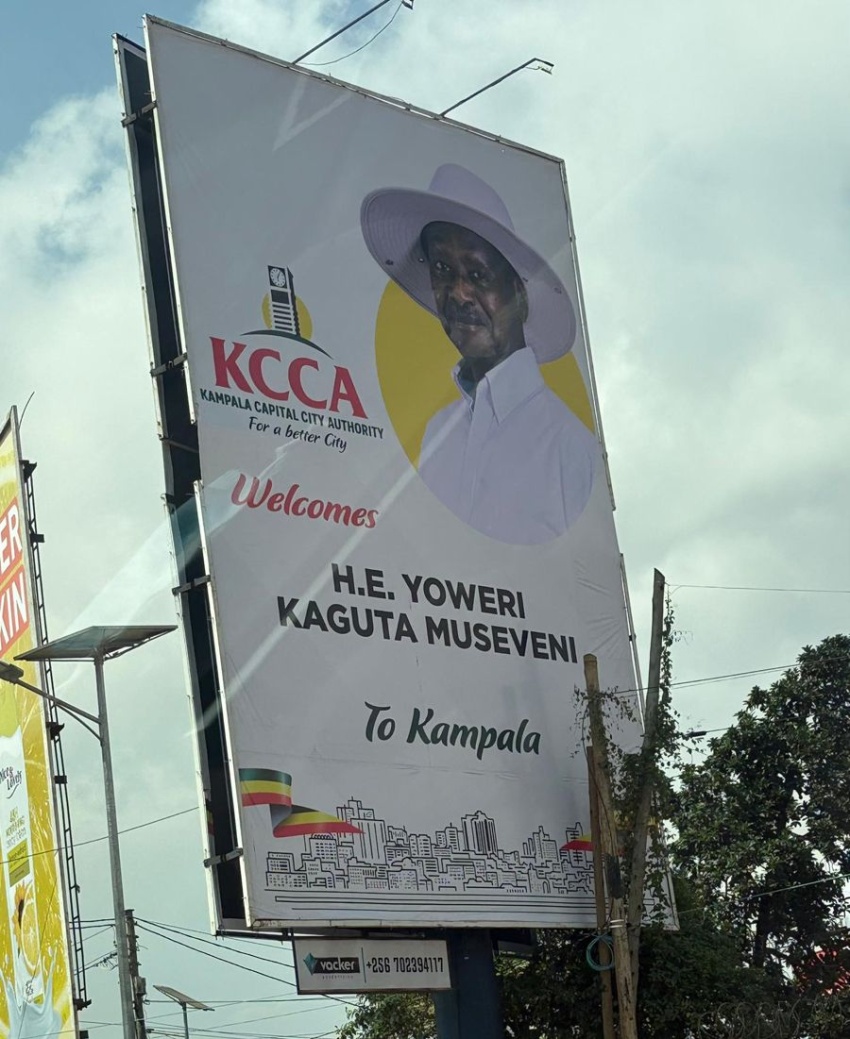









Development partners